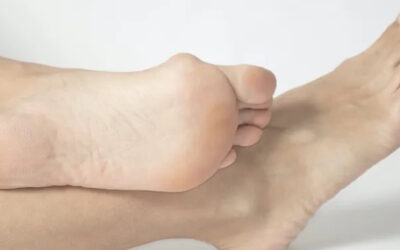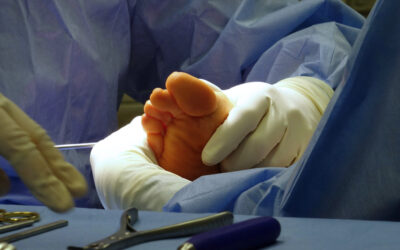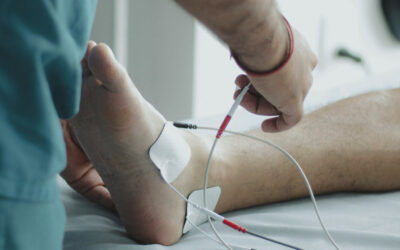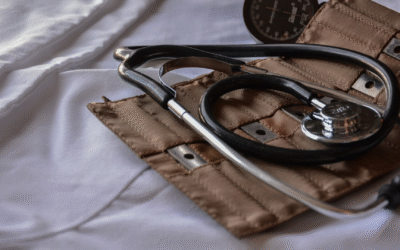For individuals living with diabetes, foot health is more than just a matter of comfort—it’s a matter of serious medical concern. Ulcers and wounds in diabetics can quickly escalate from minor issues to major complications, including infection, tissue damage, and in the most severe cases, amputation. Understanding the risks, warning signs, and treatment options is essential for anyone managing diabetes.
At Capital Foot Care, our mission is to provide patients with expert, proactive care to prevent and treat diabetic foot wounds. Our team of skilled and compassionate providers—Dr. Muhammad A. Khalid, DPM, Dr. Fritz-Andre Duterlein, and Dr. Herman Zarate—are dedicated to helping diabetic patients maintain healthy feet and avoid serious complications through personalized treatment plans and ongoing monitoring.
Why Diabetics Are at Higher Risk
Diabetes impairs the body’s ability to regulate blood sugar levels, which, over time, affects nerves and blood vessels. Peripheral neuropathy, a common complication of diabetes, results in reduced sensation in the feet. When a person can’t feel pain, a small cut or blister may go unnoticed and untreated. At the same time, poor circulation—another diabetes-related issue—slows the body’s natural healing process, increasing the likelihood of infection and delayed wound closure.

This combination of nerve damage and reduced blood flow makes even minor injuries potentially dangerous. According to the CDC, about 1 in 10 people with diabetes will develop a foot ulcer, and these ulcers are the leading cause of non-traumatic lower-limb amputations in the United States.
The Warning Signs You Shouldn’t Ignore
Recognizing early warning signs can significantly reduce the risk of complications. Diabetic patients should monitor their feet daily and seek medical attention immediately if they notice:
- Open sores or ulcers that are not healing
- Redness, swelling, or warmth around a wound
- Drainage or pus from a sore
- A foul odor coming from the foot
- Dark or black tissue (a sign of tissue death or gangrene)
These symptoms may indicate a developing infection or an underlying issue that requires immediate podiatric evaluation.
Our Approach to Wound and Ulcer Care
At Capital Foot Care, we take a comprehensive approach to diabetic wound management. Our doctors are trained in advanced wound care techniques designed to promote healing and prevent complications. Treatment plans often include:
- Thorough wound cleaning and debridement (removal of dead tissue)
- Application of specialized dressings that create an ideal healing environment
- Infection control through topical or oral antibiotics
- Pressure relief through custom footwear or offloading devices
- Coordination of care with primary care physicians and endocrinologists
The sooner treatment begins, the better the outcome. Our podiatrists focus on both immediate wound healing and long-term prevention strategies, ensuring patients not only recover but avoid recurrence.
The Importance of Routine Foot Exams
Routine foot evaluations are critical for diabetic patients—even those without current wounds. Regular check-ups allow our providers to detect early signs of pressure points, skin breakdown, poor circulation, or neuropathy before a wound ever occurs.
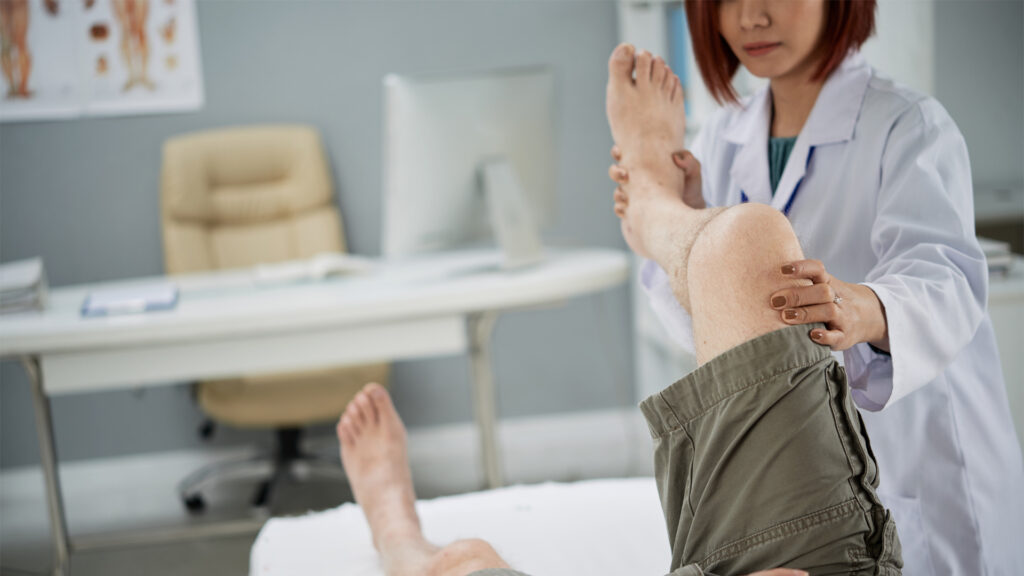
Preventive foot care includes:
- Nail and skin maintenance
- Callus and corn removal
- Screening for blood flow and nerve function
- Education on proper foot hygiene and footwear
At Capital Foot Care, prevention is just as important as treatment. Our doctors work closely with patients to help them understand the risks and how to reduce them through daily foot care and lifestyle adjustments.
Trust the Experts in Diabetic Foot Care

If you or a loved one has diabetes, don’t wait until a wound becomes serious. Taking early action and seeking care from experienced foot specialists is essential. At Capital Foot Care, our providers—Dr. Khalid, Dr. Duterlein, and Dr. Zarate—offer the highest standard of diabetic foot care with a focus on patient education, early intervention, and expert treatment.



